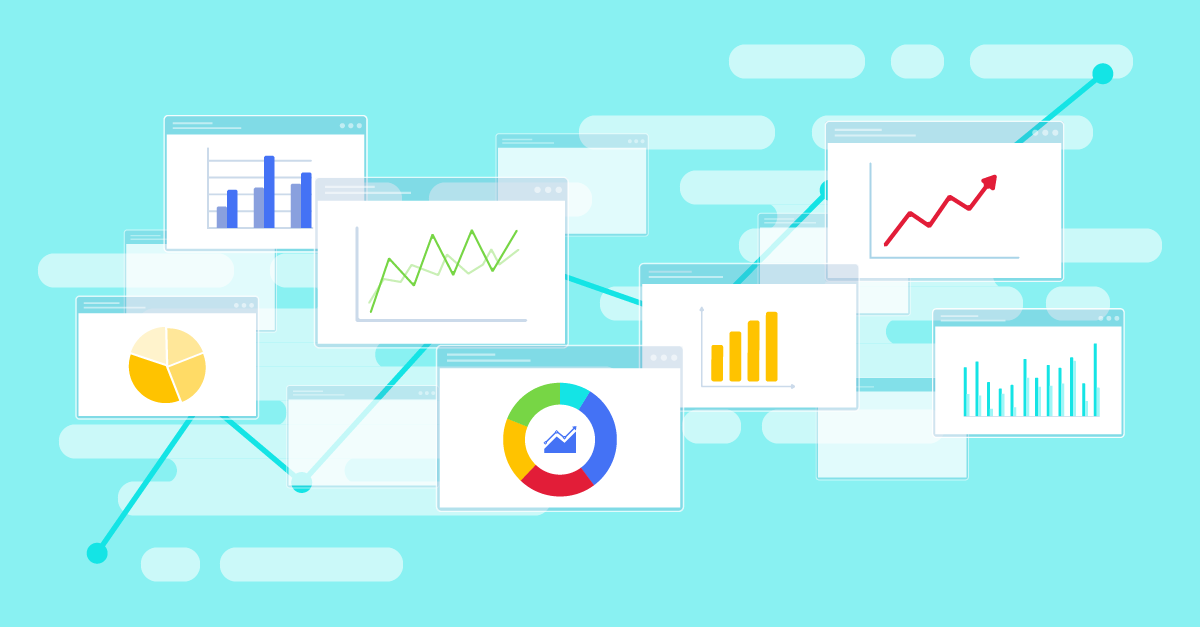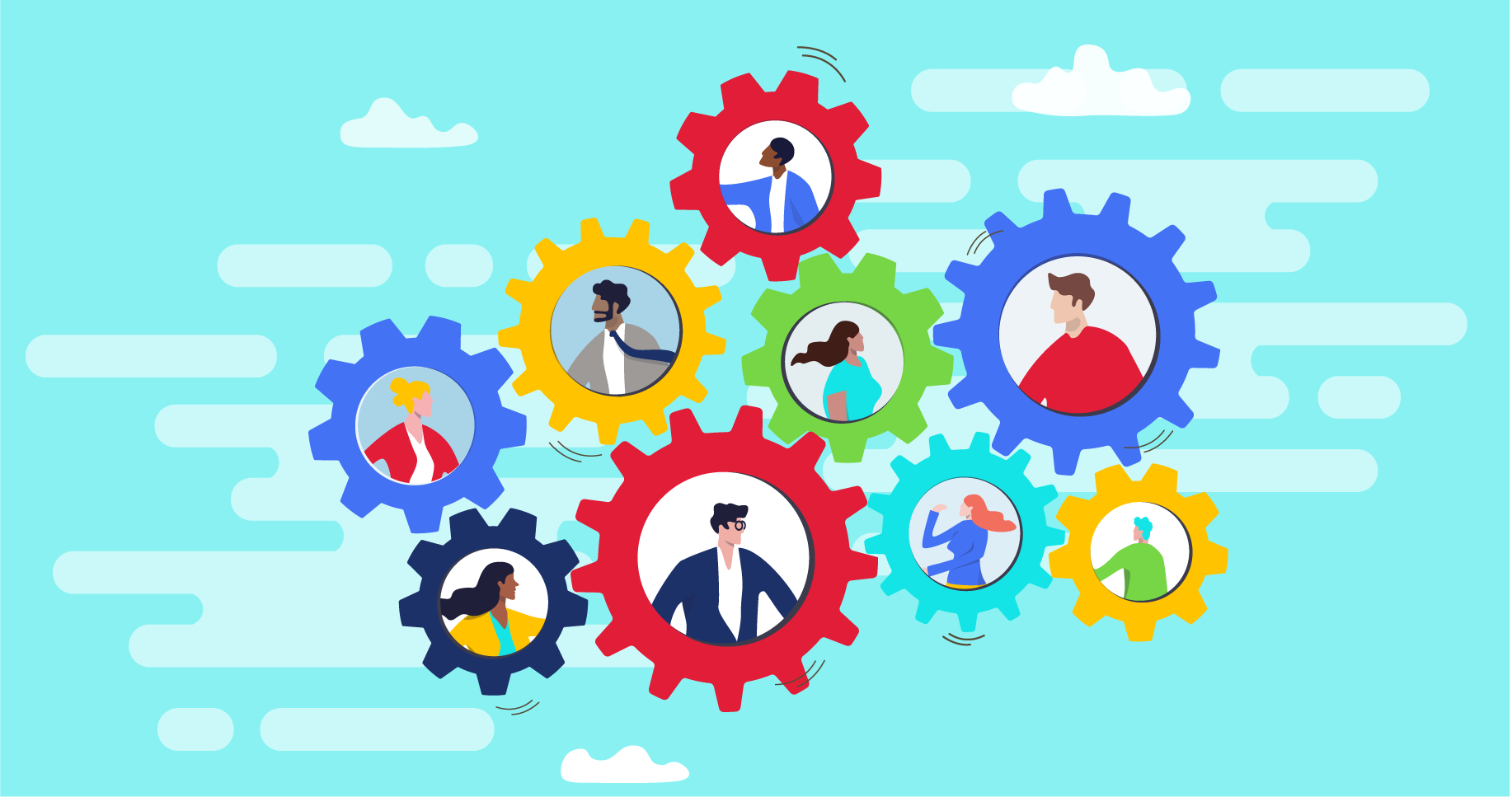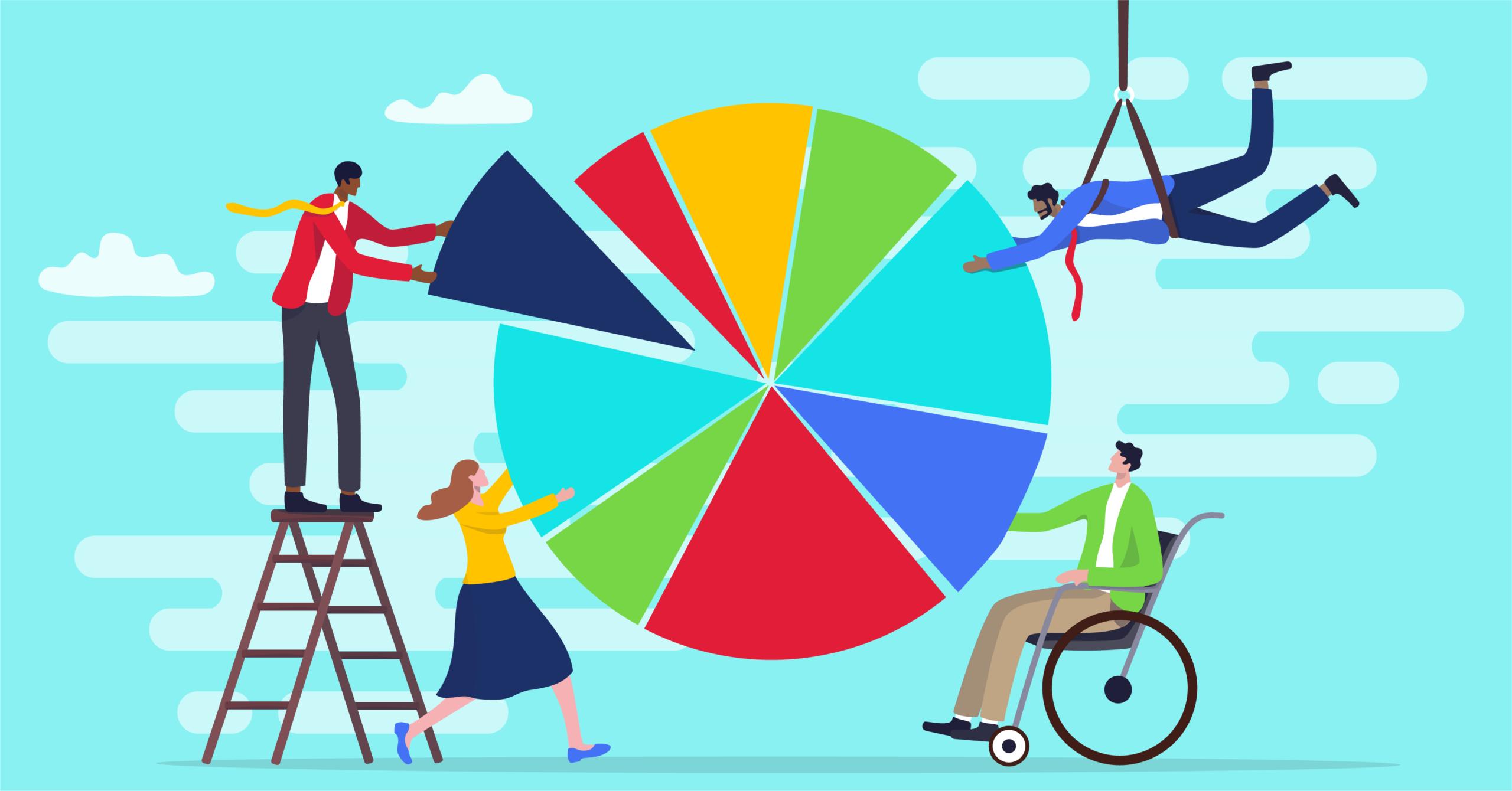
Inclusive Thinking for Effective and Accessible Documentation
From user guides to technical documentation, the goal of documentation is to make life easier for people. Good documentation eases big transitions and allows quick and effective onboarding of new users. To achieve any of these goals, your documentation must be findable, usable, and helpful to the target audience. In this blog post, we’ll discuss how inclusive thinking can improve your documentation process and make your documentation actually work for you.
What is inclusive thinking?
Inclusive thinking is a mindset that focuses on seeking out and valuing a wide variety of perspectives, with the goal of helping people with those perspectives feel included. Often, it is a reminder to consider the needs of people who aren’t in the decision-making room or who may move through the world differently than oneself or most of one’s target audience. Inclusive thinking is also a way to focus on the real, in-context experiences of the people who will read your documentation (or perform your new business process or use your new system, etc.). By making inclusion a habit of mind, you can avoid using unexamined assumptions in decision-making and improve the process of making changes.
Documentation—Why it matters
With an inclusive thinking mindset, you consider the needs of the people who will be using and reading your documentation. But even before considering those needs in detail, you begin to realize that documentation matters. Documentation is how new staff members learn the rules of the road, how technical people troubleshoot problems, and how business processes are maintained. Once you consider the people trying to use documentation to do those things, you realize that it should not be an afterthought or an “if you have time” responsibility.
Inclusive thinking is often as much about the questions you ask as the answers you find. If you’re considering how your documentation is organized, you might ask:
- How does this documentation fit into people’s workflows?
- When do people need the information in this documentation? And what else will they be doing at that moment?
- What is the best way to share this information in a way that people can easily have on hand when they need it? (Hint: The answer may not be a document. It may be some help text or a popup in your Salesforce instance.)
If you’re reviewing documentation, you might ask:
- What outside knowledge do people need to bring to this document?
- Does this document provide all the information it purports to? Or does it require institutional knowledge to be complete?
- Who will actually be using this documentation and what are they expected to do with it?
- Is this document’s language appropriate to its audience? Can it be read literally?
Having committed to taking documentation seriously and asking important questions, you can begin addressing the needs of what we’ll call the end users of the documentation.
Specific needs will vary by person, role, and type of documentation, but documentation systems that are inclusive tend to have:
- An organizational structure that is clear and aligned with both end user workflows and other ways of organizing information that you use.
- A way to search broadly to find the single piece that is needed. (Hint – document titles don’t convey enough information to serve as the backbone of such a search.)
- Clear delineations between types of documentation and their uses.
- Tone and detail/technical level that is tailored appropriately to the actual audience.
- A statement listing outside knowledge or skills that documents expect a reader to have.
- Language that is clear, precise, and avoids requiring the reader to make inferences.
- Consistent formats and layouts that are accessible to adaptive technology.
- Consistent formats and layouts that are usable by people with vision impairments, including colorblindness.
- A consistent document structure that is clear and easy to navigate, like an index or table of contents.
- Information that is consistently accurate and current.
- Documents that are easy to update.
- A low-effort way to notify people of changes to certain mission-critical documents.
Many of these attributes could reasonably be considered as general attributes of good documentation practices. That is perhaps the greatest power of inclusive thinking. Focusing on inclusion creates outcomes that not only benefit those whose needs are otherwise ignored, but also creates better outcomes for everyone.
Want to learn more about how to create inclusive documentation?
Hear from Jaemi live during Northeast Dreamin’ on Wednesday, Oct. 16.
Attain Partners – Salesforce Experts
No matter if your organization is beginning its Salesforce journey or 10+ years into development, Attain Partners is here to help you achieve your digital transformation goals. Contact us today.
To learn more, check out our Salesforce Innovation services, read case studies about our work, and explore our latest thought leadership.
About the Author

Jaemi Loeb is a Senior Consultant at Attain Partners and a veteran nonprofit leader. Her expertise sits at the intersection between technology and people, tools, and daily operations. She is passionate about helping organizations to streamline their workflows and use data to meet their missions.














